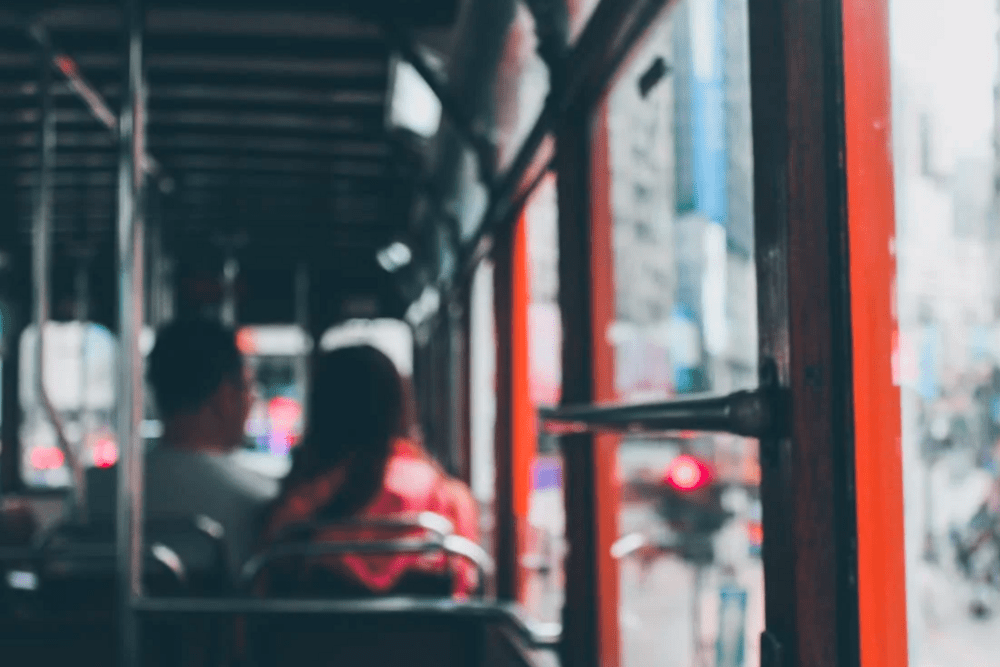IN THE CONTEXT OF PUBLIC TRANSPORT, INTEGRATION IS FUNDAMENTAL TO ENSURE EFFICIENCY AND ACCESSIBILITY, REDUCING VEHICLE TRAFFIC AND IMPROVING THE QUALITY OF URBAN LIFE. BY EXPLORING THE CASES OF HOLLAND AND SWITZERLAND, WE CAN REPORT THE IMPORTANCE OF THIS PRINCIPLE, BOTH AT A MODAL AND TARIFF LEVEL
Integration into the public transport system in the Netherlands and Switzerland
An article was published in the online newspaper Environment and beyondin collaboration with Tram pillswhere various topics related to the transport systems. Particular attention was paid tosystems integration in the Netherlands and Switzerland.
Integration as the cornerstone of the public transport system in the Netherlands
Modal and tariff integration in transport systems a Aia, in the Netherlands, it helps enhance public transport in a simple and intuitive way. A contribution, which helps visitors to facilitate travel and, at the same time, a reduce trafficpromoting a more sustainable transport system.
Modal Integration
In the Netherlands, modal integration manifests itself throughinterconnection between trams, buses and trains in strategic hubs. This allows visitors to reach their destinations easily, without having to worry about the type of transport used. This is precisely what makes public transport fascinating and users aware of having contributed to reducing vehicular traffic.
For example, a on board tram 9 in Den Haag (The Hague in Italian) headed towards Sheveningen, approaching the Den Haag Hollands Spoor stop, one of the most important Dutch stations, the on-board screen signals connections with other trams and buses managed by HTM, making the station an interchange hub for the urban service.
Immediately afterwards, connections appear with regional and intercity trains departing from the station, which becomes a hub for interchange between urban mobility and the national railway service. Modal integration therefore facilitates the use of public transport, without adding futile complications: the ease of use of public transport increases the ability to attract new passengers and therefore reduces vehicular traffic.

Tariff Integration
Users of Dutch public transport can take advantage of the carta OV CHIP CARD, thanks to which it has complete access to the entire national public transport network. This card works like a electronic purse, with the possibility of loading money and making subscriptions. This system, uniform and flexible, makes travel easier and more convenient, helping to promote the use of public transport.
Users don’t have to worry if the service is operated by different companies or if they have to travel on different vehicles or in different cities during the day. Enough pass the card entering and exiting and will automatically be deducted better rate for the journey. This tariff system favors longer trips con cheaper rates, promoting the use of public transport and reducing vehicular traffic.
The case of Den Haag, Holland
Den Haag’s public transport network, operated by HTM, it extends over 13 tram lines and 9 bus lines, serving not only the city but also the surrounding towns. The hierarchical system, with trams as the skeleton of the network, ensures regularity and punctuality in services, avoiding overlaps and congestion.
This approach, in line with the integration of public transport, favors a efficient and uniform mobilityavoiding disparities between the different areas of the territory.
Trams and buses: the body of Urban Mobility
The Den Haag network seems absurd to us Italians, in reality it is completely logical that it should be so. The predominance of tram lines over bus lines reflects one hierarchical planning of public transport, where rail transport is the skeleton that supports the entire network, while buses integrate the supply network. This approach guarantees greater regularity and punctuality of public transport. A hierarchy that cannot be reversed, precisely to guarantee the benefits indicated above.

Integration as the cornerstone of the public transport system in Switzerland
Bern, despite its relatively small size, counting just over 130 thousand inhabitants, presents itself as model of a well-integrated system. It has an extensive public transport system managed by various companies, consisting of trams, trolleybuses, urban and extra-urban buses, funiculars and metropolitan railway lines.
Modal Integration
Modal integration is guaranteed by the optimization of routes and interchanges between vehicles, making travel fluid and easy for users. This variety of vehicles, operators and infrastructure highlights the importance of one multimodal solution and how a transport system cannot be based on just one type of vehicle.
The routes are optimised, on the one hand by avoiding overlaps between different vehicles (especially in extra-urban areas) and on the other by encouraging interchanges, because the bus, tram and trolleybus lines almost always have their terminus at a railway stop, or in a point where multiple lines converge.
To make a trip it is often necessary to change vehicles, but the strategic location of the stops and the careful study of the timetables do not make this operation problematic.
Tariff Integration
Access to services is extremely simplified, thanks to a unified tariff system, which is called free. A system allows the use of any means of transport on the network with a single valid ticket. In addition to traditional single-journey tickets and season tickets, day tickets are also available, not only for the urban area but also between suburban areas, multi-journey and multi-day solutions.
Free circulation tariffs are also available such as the general season ticket, which allows unlimited use of vehicles throughout Switzerland for one year and tourist pass “swiss travel pass”, as well as national discounts on buses and trains issued by SBB.
The fact of making any type of transport accessible with the same ticket is an important factor both on an economic level and on the simplification of use.
Speaking of simplification it should also be underlined that any public transport ticket can be purchased at the points of sale of any operator and through the app Federal Railways.

